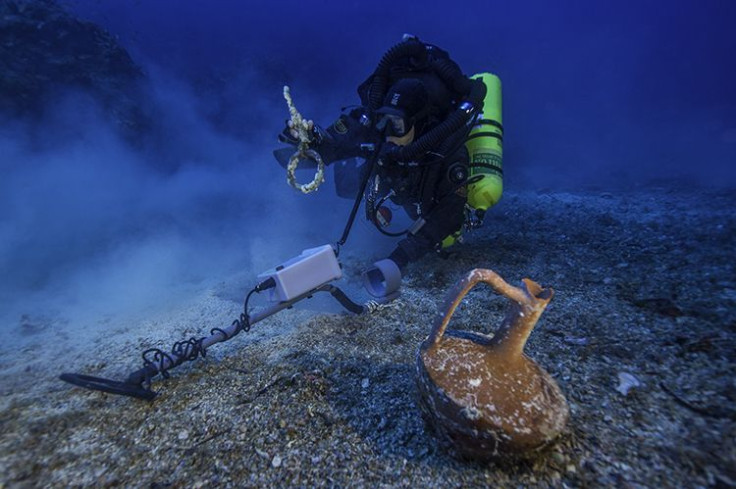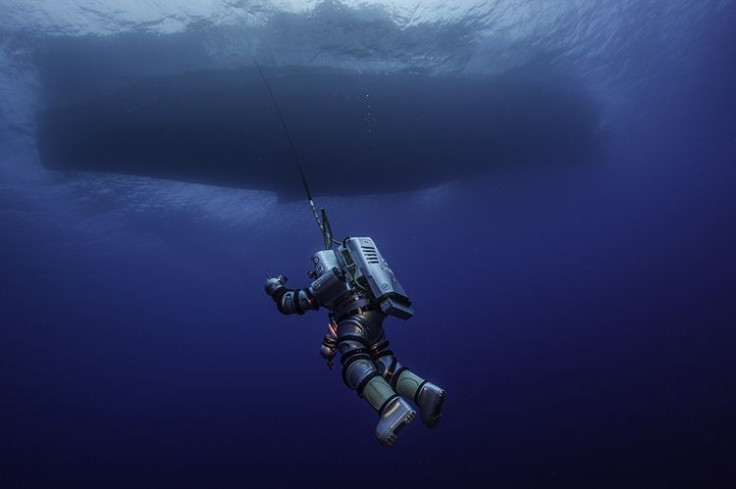Titanic Of The Ancient World: Treasure Trove Recovered From 2,000-Year-Old Greek Shipwreck

An international team of archaeologists has recovered stunning new artifacts from an ancient Greek ship, which sank more than 2,000 years ago off the remote island of Antikythera, lying on the edge of the Aegean Sea. The latest expedition reveals that the sunken ship, which was first discovered more than a century ago, still preserves a treasure trove of archaeological wonders beneath the sea floor.
Archaeologists recovered antiquities that included tableware, ship components and a giant bronze spear, which is believed to have come from a life-sized warrior statue. The ship was found by Greek sponge divers in 1900, who subsequently recovered ancient treasure including bronze and marble statues, jewelery, furniture, luxury glassware and a complex Antikythera Mechanism. However, they were forced to end their mission at the 180-foot-deep site after one diver died of the bends and two were left paralyzed.
“The evidence shows this is the largest ancient shipwreck ever discovered,” Brendan Foley, a marine archaeologist from the Woods Hole Oceanographic Institution, or WHOI, in Massachusetts, said in a statement. “It's the Titanic of the ancient world.”

The shipwreck, which dates from 70 B.C. to 60 B.C., is believed to have been on its way to Rome from the coast of Asia Minor west. The ship was likely carrying a luxury cargo of Greek treasures when it sank after a violent storm smashed it against Antikythera’s sheer cliffs.
Foley and his team of archaeologists decided to revisit the site with modern technology and began their first excavation season on Sept. 15. During their mission, they created a high-resolution, 3D map of the site using stereo cameras mounted on an autonomous underwater vehicle, while the divers recovered a series of artifacts, proving that much of the ship’s cargo is still preserved beneath the sediment.
In addition, the mapping of the site also helped the archaeologists determine that the wreckage span across 984 feet (300 meters) of the sea floor. The huge size of the anchors and recovered hull planks also suggested that the ship could be 164 feet (50 m) long, much larger than previously thought.
The archaeologists also recovered table jug, part of an ornate bed leg and a six-foot-long bronze spear, which is thought to have belonged to a giant statue of a warrior of the goddess Athena. The team plans to return next year for further excavations at the site.
© Copyright IBTimes 2024. All rights reserved.






















